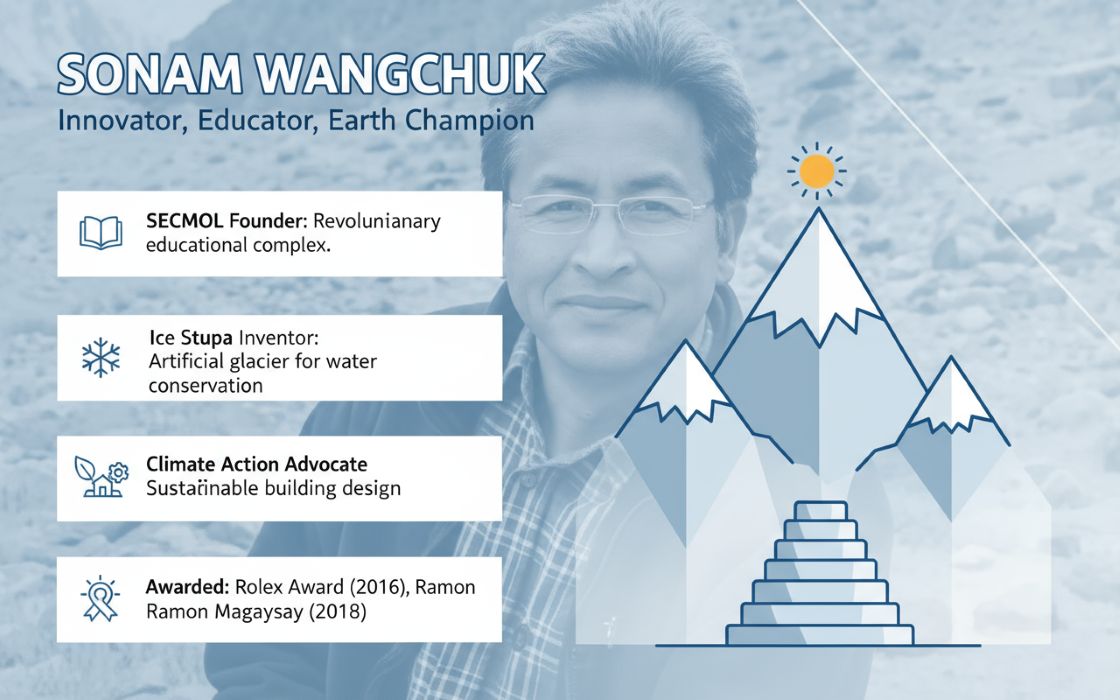Water is life. Despite covering 71% of the Earth’s surface, only about 2.5% of it is fresh water, and less than 1% is accessible for human use. Yet, water wastage remains a pervasive problem worldwide. The United Nations reports that by 2025, 1.8 billion people will live in areas plagued by water scarcity, and two-thirds of the global population could face water-stressed conditions. Coupled with climate change and depleting groundwater reserves, the urgency to conserve water has never been greater.
Globally, agriculture accounts for approximately 70% of freshwater usage, followed by industry at 19%, and household consumption at 11%. However, this household usage—while seemingly small—is where individuals can create the most immediate impact. Consider this: the average person in the U.S. uses about 82 gallons of water per day at home. In water-scarce regions like Sub-Saharan Africa, this number drops to less than 5 gallons per person daily. Bridging this disparity starts with rethinking our habits and taking collective responsibility.
While large-scale policies and advanced technologies are crucial for addressing the water crisis, small, everyday actions by individuals, families, and businesses can ripple outward to create a monumental impact. Simple lifestyle changes—fixing leaks, reducing shower time, or adopting water-efficient appliances—not only conserve water but also foster a culture of sustainability that inspires others to follow suit.
The Drip Effect: Understanding the Numbers
To truly grasp the importance of water conservation, consider this: a dripping faucet wastes up to 20 gallons of water per day. That translates to 7,300 gallons annually from a single leak. Now multiply that by millions of households globally. Imagine how much water could be saved if every household fixed their leaks. According to the Environmental Protection Agency (EPA), fixing household leaks in the U.S. alone could save approximately 1 trillion gallons of water annually.
Similarly, a standard showerhead uses about 2.5 gallons of water per minute. By reducing your shower time by just two minutes, you save 5 gallons per shower. Over a year, that’s 1,825 gallons of water saved per person. These seemingly small numbers add up when embraced on a larger scale, proving that minor adjustments in our daily habits can create significant change.
Practical Tips: Simple Actions with Big Impact
Here are some actionable steps everyone can take to conserve water in their daily lives:
- Fix Leaks Promptly: Leaky faucets, pipes, and toilets are silent culprits of water wastage. Regular maintenance and timely repairs can prevent unnecessary loss.
- Adopt Water-Saving Fixtures: Invest in low-flow showerheads, faucets, and dual-flush toilets. These fixtures reduce water usage by up to 30-50% compared to traditional ones.
- Shorten Showers: A 10-minute shower uses about 25 gallons of water. Reducing shower time to five minutes can cut that in half.
- Use Appliances Efficiently: Run dishwashers and washing machines only with full loads. Modern appliances often come with eco-friendly settings—use them to reduce water and energy consumption.
- Smart Irrigation: Water plants early in the morning or late in the evening to minimize evaporation. Consider installing drip irrigation systems or using rainwater to nourish gardens.
- Turn Off Taps: Whether brushing your teeth or washing dishes, turning off the tap while not in use can save up to 200 gallons of water per month.
- Rainwater Harvesting: Collect rainwater using barrels or rooftop systems and use it for non-drinking purposes like watering plants, washing cars, or cleaning floors.
Success Stories: Real-Life Inspirations
Across the globe, communities and individuals are making strides in water conservation, proving that small actions can yield remarkable results:
- Schools Leading by Example: In Bengaluru, India, a school implemented rainwater harvesting and taught students about water conservation. They managed to save 20,000 liters of water annually, inspiring families to adopt similar practices at home.
- Housing Societies in Action: A housing complex in California replaced traditional grass lawns with drought-resistant landscaping and installed low-flow fixtures in all apartments. They reduced their annual water consumption by 40%.
- Businesses Getting Creative: A coffee shop in Melbourne started reusing leftover water from customer glasses to water plants. They also encouraged customers to bring reusable cups, significantly cutting down on water used for cleaning disposable cups.
- Community Efforts in Cape Town: During its severe water crisis, Cape Town residents collectively reduced their water usage by adhering to strict conservation measures. This community-wide effort helped stave off the city’s "Day Zero" when taps were projected to run dry.
The Water Pledge Campaign: Engaging Collective Action
One of the most effective ways to amplify the ripple effect of small actions is through community-driven campaigns. A "Water Pledge Campaign" can encourage individuals, families, and businesses to commit to small, actionable changes. Here’s how such a campaign could work:
- Step 1: Educate Spread awareness about water scarcity and the impact of daily habits. Use social media, workshops, and community events to disseminate information.
- Step 2: Commit Ask participants to pledge specific actions, such as fixing leaks, taking shorter showers, or installing water-saving devices. Provide a checklist to track their progress.
- Step 3: Celebrate Share success stories and highlight top contributors. Use metrics like gallons saved or money conserved to inspire others to join.
Interactive tools, such as apps that calculate water savings based on pledged actions, can make the campaign more engaging. Businesses can offer incentives like discounts or recognition for participants, further motivating them to conserve water.
Recent Trends: A Growing Awareness
Water conservation is becoming a mainstream topic, with governments, organizations, and individuals taking action:
- Government Initiatives: Countries like Singapore are investing in cutting-edge water recycling technologies, while India’s Jal Shakti Abhiyan focuses on rainwater harvesting and aquifer recharge.
- Tech Innovations: Smart water meters and leak-detection apps are helping households monitor and reduce water usage in real time.
- Corporate Responsibility: Companies like PepsiCo and Coca-Cola have committed to water neutrality, ensuring they return as much water as they use in their operations.
- Grassroots Movements: Community-led initiatives, such as watershed restoration projects, are gaining momentum in water-scarce regions.
Leading Companies Actively Supporting Water Conservation
- PepsiCo: The company has committed to replenishing more water than it uses in high-risk areas by 2030, focusing on sustainable agriculture and watershed restoration.
- Nestlé: Through its "Caring for Water" initiative, Nestlé works to reduce water usage in operations and supports communities in improving water access and management.
- Coca-Cola: Coca-Cola achieved its water replenishment goals five years ahead of schedule and continues to invest in watershed restoration and community projects globally.
- Unilever: Unilever’s "Sustainable Living Plan" includes reducing water consumption across its supply chain and helping consumers minimize water usage.
- Intel: The company has invested heavily in water restoration projects and returned billions of gallons of clean water to local communities.
- Microsoft: Microsoft has pledged to become water positive by 2030, meaning it will replenish more water than it consumes.
- Samsung Electronics: Samsung has implemented water-saving technologies in its manufacturing processes and supports water conservation initiatives in local communities.
- IKEA: IKEA promotes water-efficient products and supports projects aimed at restoring wetlands and rivers in water-stressed areas.
- Ford Motor Company: Ford focuses on reducing water usage in its manufacturing plants and works on innovative ways to recycle water in its processes.
- Patagonia: The outdoor clothing company invests in water conservation through sustainable agriculture practices and advocacy for freshwater protections.
Every Drop Counts...
Water conservation is not just an environmental necessity; it is a collective responsibility. While large-scale solutions like policy changes and technological innovations are critical, the power of individual and community action cannot be underestimated. Fixing a leak, taking a shorter shower, or participating in a water pledge may seem insignificant on its own, but the ripple effect of these small actions can lead to monumental savings.
As the saying goes, "Little drops of water make the mighty ocean." Together, by embracing simple, everyday changes, we can ensure that future generations inherit a world where clean, accessible water is not a luxury but a basic right.






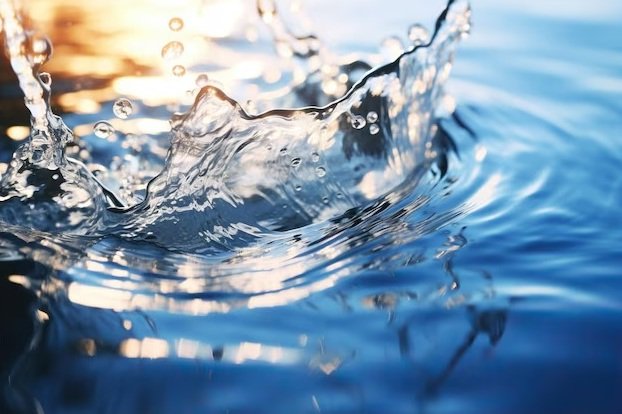
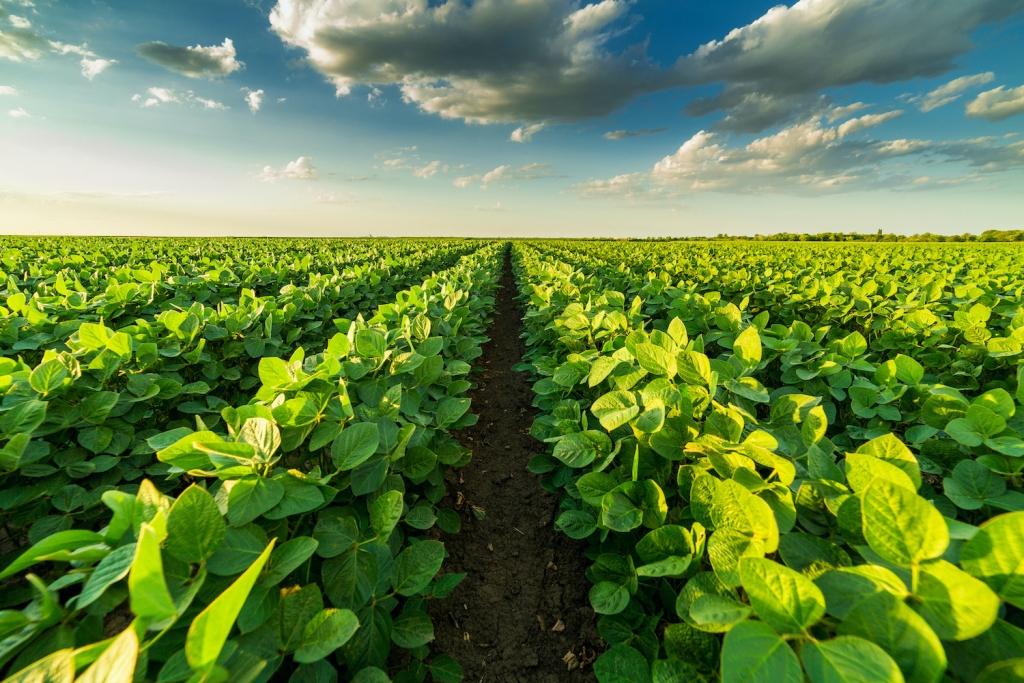
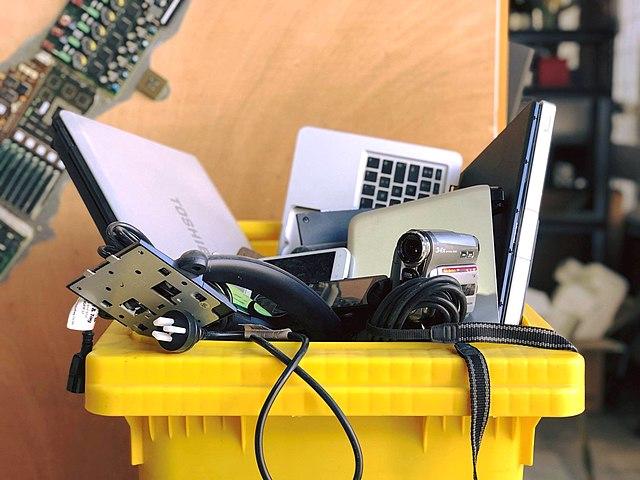
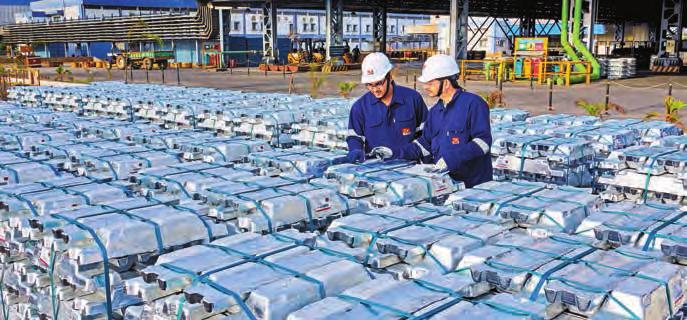


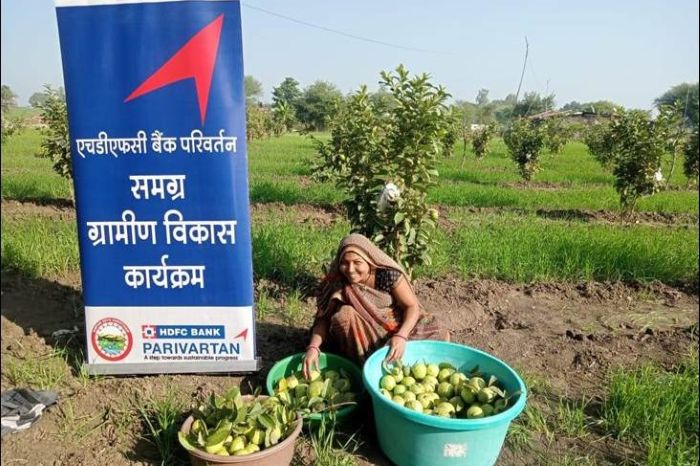
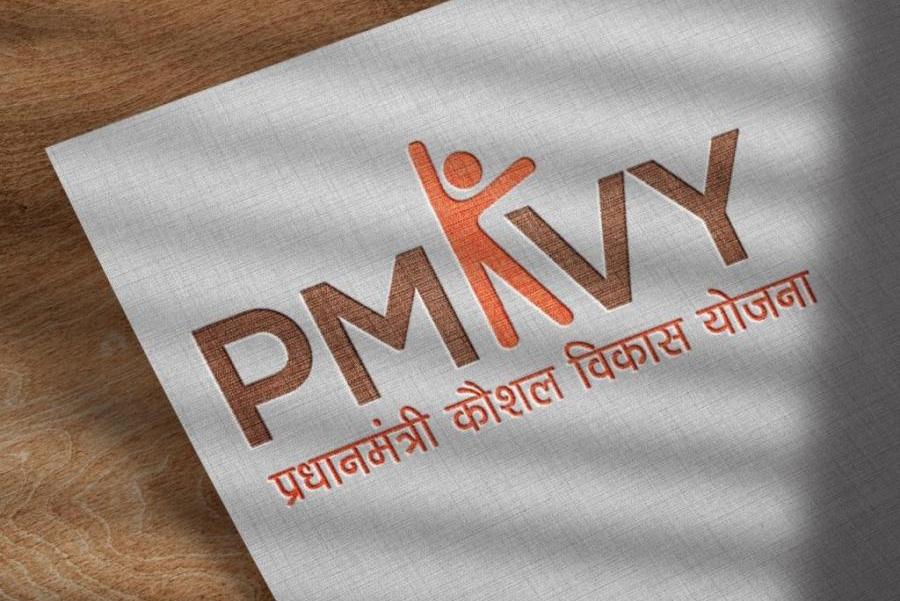

.jpg)

